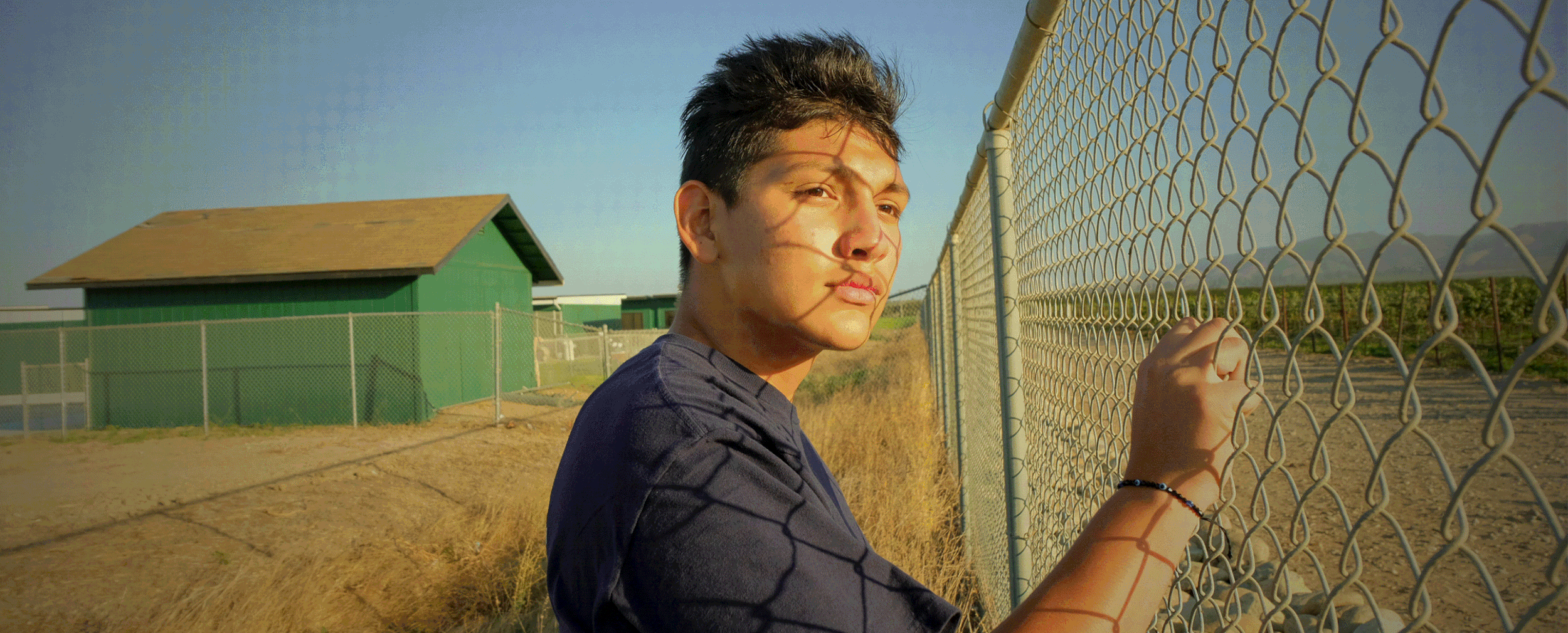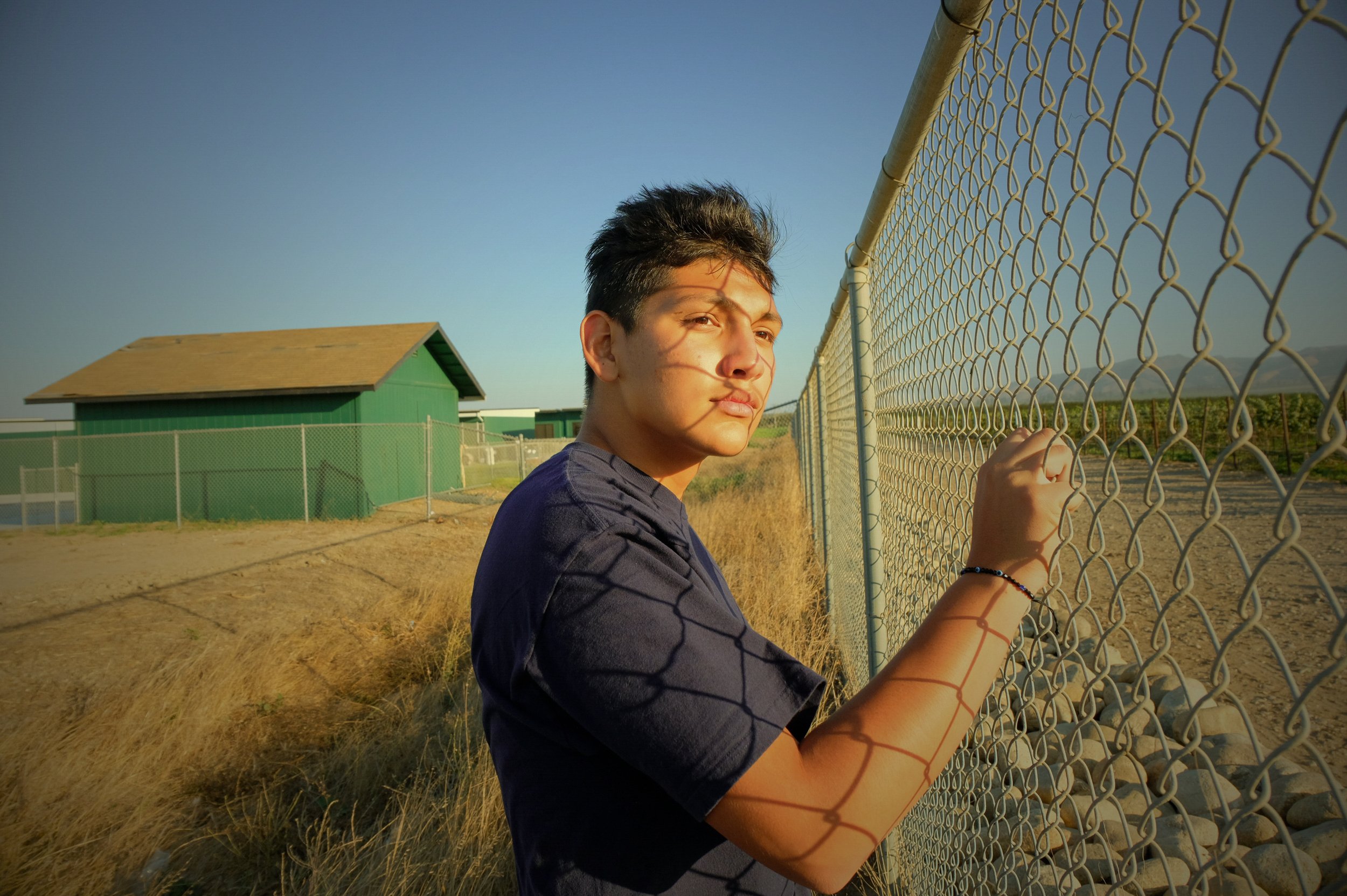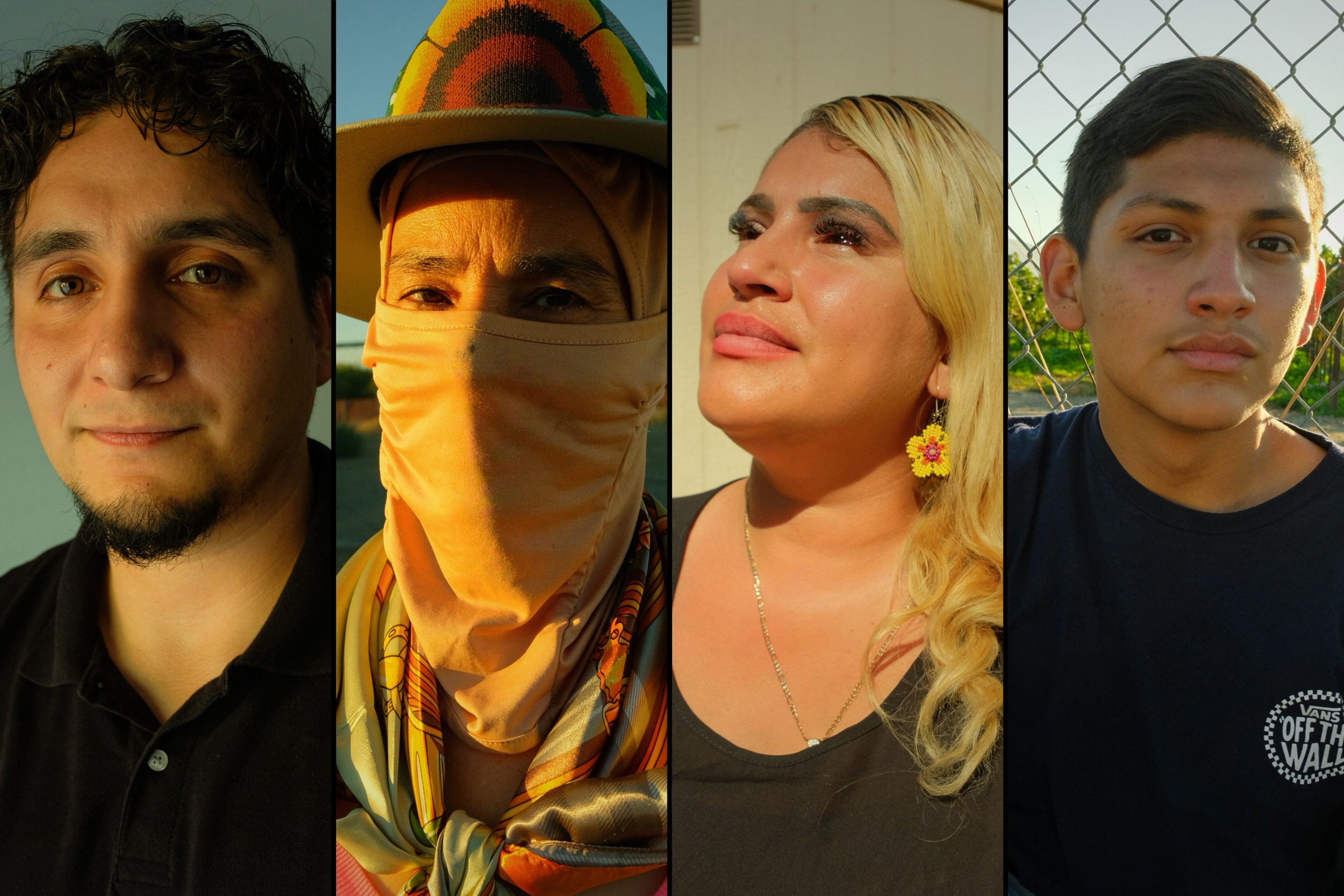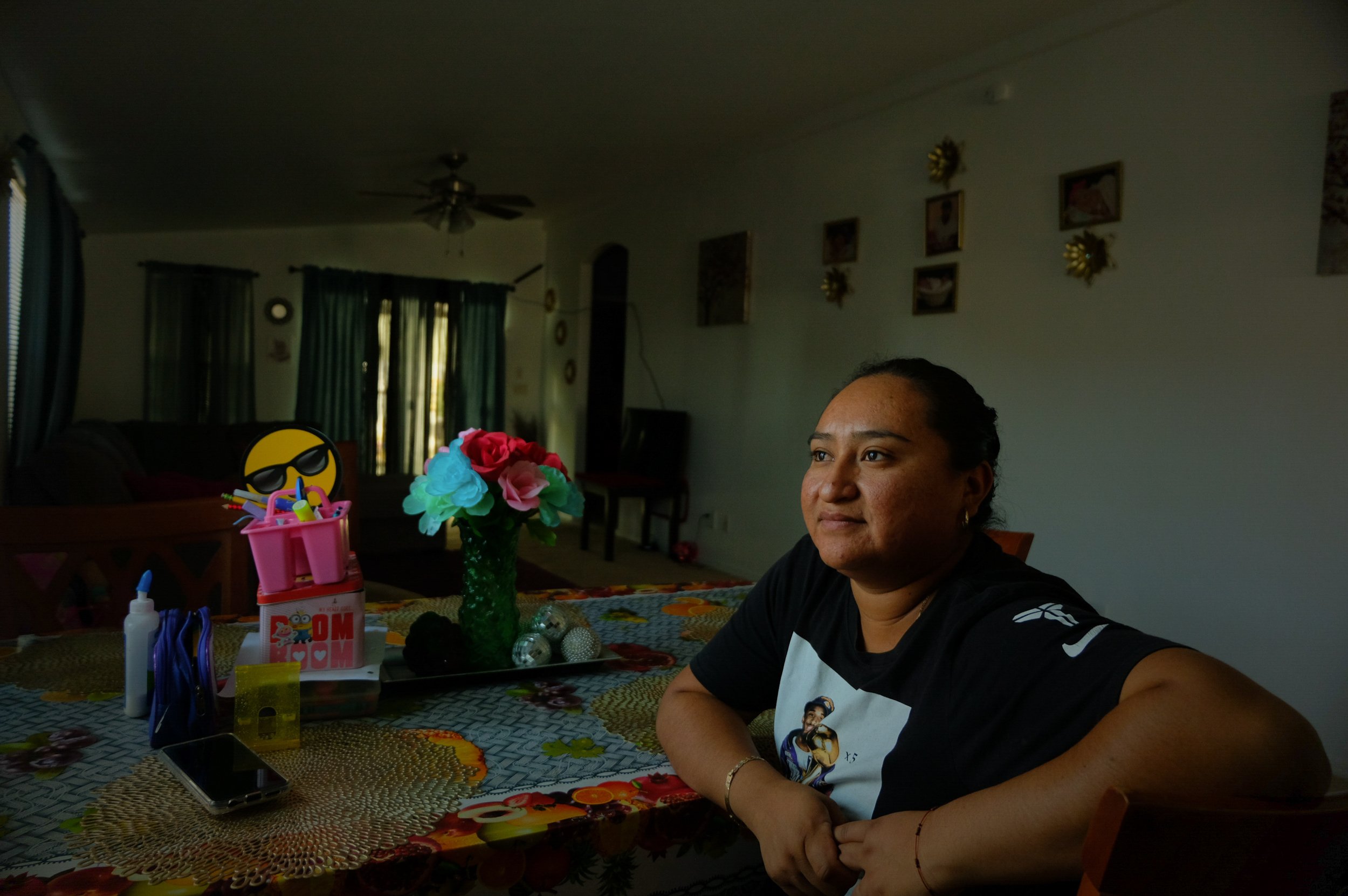Adrift.
Communities on the front lines of pesticide exposure fight for change
In partnership with Environmental Health News

A three-part series by Environmental Health News and palabra, a multimedia platform of the National Association of Hispanic Journalists, on pesticide use in California finds that rural communities of color and farmworkers are disproportionately exposed to some of the most dangerous chemicals used in agriculture.
Our reporting also highlights how communities most at risk of pesticide exposure have led the charge to enact stronger, more protective rules and increase the public’s access to information about pesticide applications before they take place.
The series is centered in California but holds lessons for the nation as it grapples with how to manage and regulate toxics used to grow our food.
Here are the stories:
Despite decades of research linking pesticide drift to health harm, regulation remains weak and leaves the most vulnerable with few protections.
California’s new pesticide notification system aims to protect public health. Community activists worry it won’t go far enough to shield rural communities and farmworkers from pesticide harm.
Activists from two of California’s biggest agricultural regions describe the fight to protect communities and workers from pesticide exposure.
What we found
The collaboration between EHN and palabra reveals that:
Hundreds of millions of pounds of pesticides are applied to California crops each year, the largest share of agricultural pesticide use in the United States. Nationwide, an estimated one billion pounds are applied annually.
Agricultural communities are largely neglected by state and federal regulators when it comes to addressing pesticide drift, often leaving residents to battle county by county to find out how pesticides are affecting local air quality.
There are no federal limits restricting the amount of agricultural pesticide mixtures allowed in the air. Despite mounting evidence of pesticides’ links to a broad range of acute and chronic health effects, change has been slow, piecemeal and often driven by those most affected.
Pesticide use is the pollution type with the greatest racial, ethnic and income disparities in California. Communities of color and poor communities across the U.S. are more affected by pesticide exposure than the rest of the country.
Fenceline communities continue to lead the fight for stronger protections. Activists have successfully pursued bans on some of the most dangerous pesticides, and persuaded the state to enact buffer zones between schools and sites of agricultural pesticide application. They recently prevailed in a decades-long struggle for a statewide system to provide the public with advance notification about planned pesticide applications.
What we heard
Adrift: The Struggle Against Toxic Pesticides
About our collaboration
Environmental Health News is an award-winning nonpartisan organization dedicated to driving science into public discussion and policy. palabra is a multimedia platform of the National Association of Hispanic Journalists where freelancers cover stories and communities that have been disregarded in larger news outlets based on the ideology that ‘ethnic’ news is only an issue for marginalized communities, and not a human issue.
We wanted our reporting to be grounded in good science and guided by the information needs of the people most affected. We started by hosting a series of informal conversations with members of communities heavily impacted by agricultural pesticides to learn more about their questions and challenges. The partnership between EHN and palabra reflects a shared commitment to bilingual journalism, amplifying community voices and collaborating with journalists who possess deep knowledge and trust of the communities they’re reporting from.
Follow the impact of our series on Twitter at the hashtags: #Adrift (English) and #ALaDeriva (español). Stay in touch. And share our resources:
Resources
Stories
Explainer Guides: What are pesticides and how do they affect your health?
Read more: What are pesticides?
What to do:
Here are some suggestions from our partners at EHS to help move the needle nationally and locally on pesticide safety and reform:
More rigorous study, more robust regulatory system - Despite decades of research, experts are increasingly drawing attention to persistent knowledge gaps, as well as flaws in the scientific methods used to assess human health risks of pesticides. That includes the need for a better understanding of the adverse impacts associated with pesticides at much lower doses than what have traditionally been measured. It also means curtailing industry-sponsored research in government pesticide health and safety assessments.
Listen to frontline communities - In approaching this series, we first met with members of affected communities and posed a simple question: “What would be useful?” People asked that we supplement our in-depth reporting with a bilingual action kit of resources, from image-rich infographics to videos that break down information about pesticide exposure into simple explanations and ways to protect oneself. And so we have. There are insights here for any organization looking to increase the relevance, accessibility and utility of their information resources for people impacted by pesticides.
Spread the word - We’ve put together a resource kit about pesticide exposure into the hands of those who need it. You can help by following us on social media and sharing our videos, explainer guide, infographics and social media posts with your community, family and professional networks. Many of the organizations featured in our reporting also provide opportunities to learn more, seek solutions and connect with others concerned about pesticides and health.







Activists from two of California’s biggest agricultural regions describe the fight to protect communities and workers from pesticide exposure